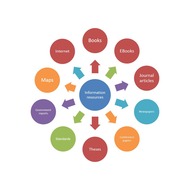
(View Complete Item Description)
Welcome to Music 1300, Music: Its Language History, and Culture. The course has a number of interrelated objectives:
1. To introduce you to works representative of a variety of music traditions.These include the repertoires of Western Europe from the Middle Agesthrough the present; of the United States, including art music, jazz, folk, rock, musical theater; and from at least two non-Western world areas (Africa, Asia, Latin America, the Caribbean, the Middle East, Indian subcontinent).
2. To enable you to speak and write about the features of the music you study,employing vocabulary and concepts of melody, rhythm, harmony, texture, timbre,and form used by musicians.
3. To explore with you the historic, social, and cultural contexts and the role of class, ethnicity, and gender in the creation and performance of music,including practices of improvisation and the implications of oral andnotated transmission.
4. To acquaint you with the sources of musical sounds—instruments and voices fromdifferent cultures, found sounds, electronically generated sounds; basic principlesthat determine pitch and timbre.
5. To examine the influence of technology, mass media, globalization, and transnationalcurrents on the music of today.
The chapters in this reader contain definitions and explanations of musical terms and concepts,short essays on subjects related to music as a creative performing art, biographical sketchesof major figures in music, and historical and cultural background information on music fromdifferent periods and places.
Material Type:
Textbook
Author:
Douglas Cohen




















